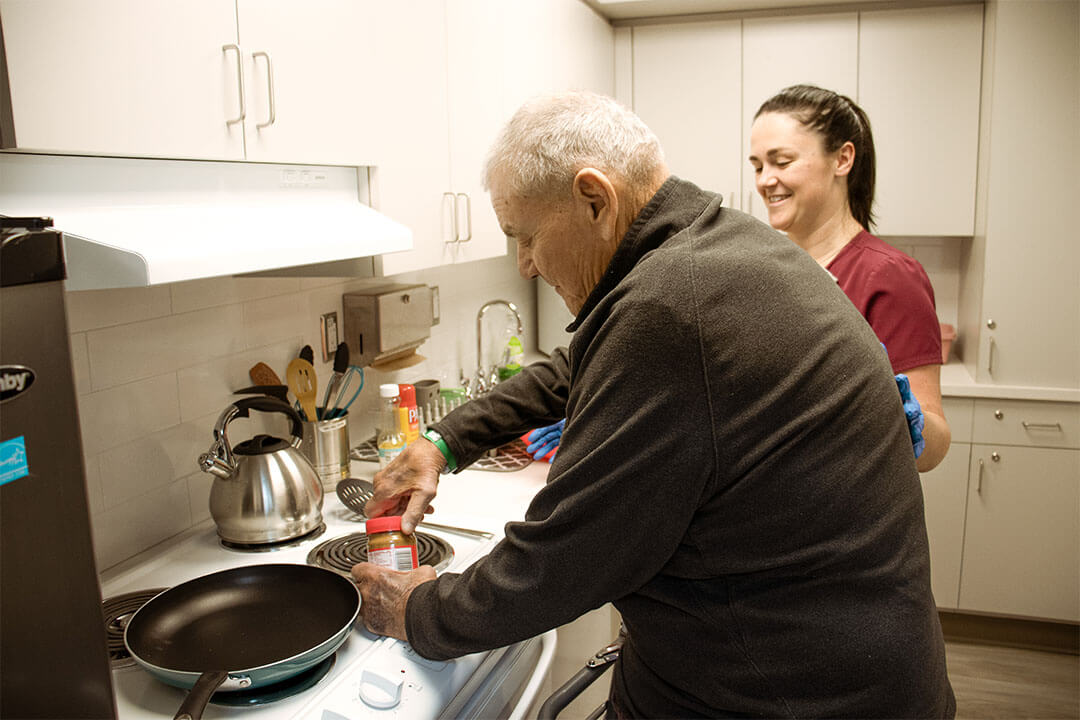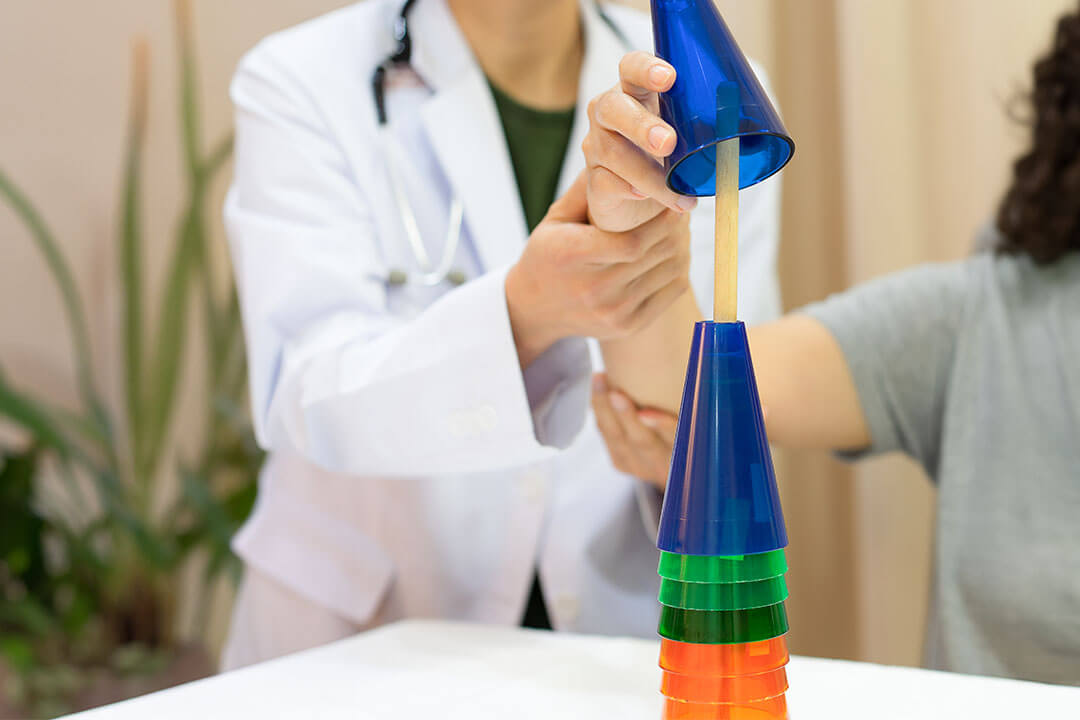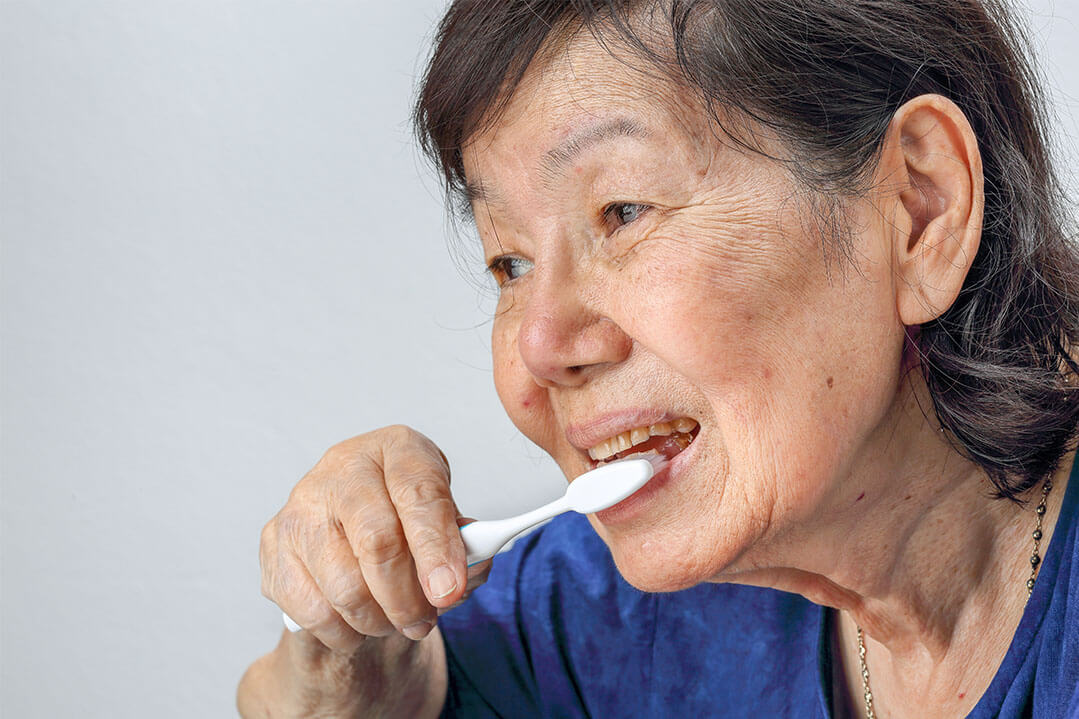Our Approach
In our continued collaboration with Hospital for Special Surgery (HSS), our occupational therapists (OTs) provide holistic, individualized care to people of all ages so you can improve your quality of life and independence after an injury or illness.
Our highly trained clinicians work with you to strengthen your abilities through a custom, evidence-based program designed to reach your goals and regain self-reliance, safety, and comfort. With state-of-the-art facilities, we make it easier for you to make an appointment that’s convenient for your busy schedule.
Occupational Therapy At Stamford Health
-
CONDITIONS WE TREAT
-
HAND THERAPY
-
BENEFITS OF OCCUPATIONAL THERAPY

Common Conditions Treated
Our OTs are trained to treat a variety of conditions that affect daily life skills and independence.
- Our OTs are trained in adult and pediatric conditions including orthopedic and neurological conditions (following a stroke or due to Parkinson’s disease).
- OTs assist with helping patients return to their normal activities after experiencing trauma or injury.
- Our OTs also support patients who are undergoing cancer treatment, have lymphedema, suffer vision deficits, or were recently diagnosed with a new condition.


Common Conditions Treated
If you have an injury or condition in the upper extremity (shoulder, arm, elbow, forearm, wrist, or hand), our certified hand therapists will incorporate hand therapy to address and improve any biomechanical issues. Our OTs also have extensive experience and knowledge of splint design, fitting, and training, if needed.
Your personalized program may include:
- Therapeutic activities and exercises.
- Pain management.
- Training in daily life activities with adaptive or assistive devices.


What To Expect From Occupational Therapy
The main goal of occupational therapy is to help patients regain their quality of life and independence. Based on your current abilities, our highly trained, compassionate therapists will create a customized program to allow you to achieve those goals.
Your OT can help you relearn activities of daily living such as:
- Bathing and grooming.
- Cooking and cleaning.
- Dressing.
- Eating and drinking.
- Safely getting in or out of bed.





